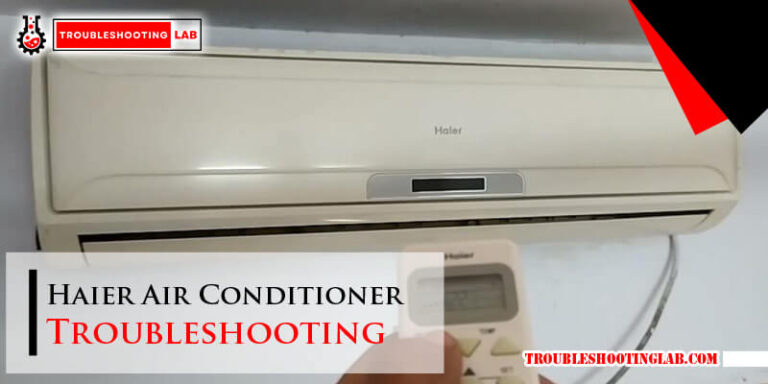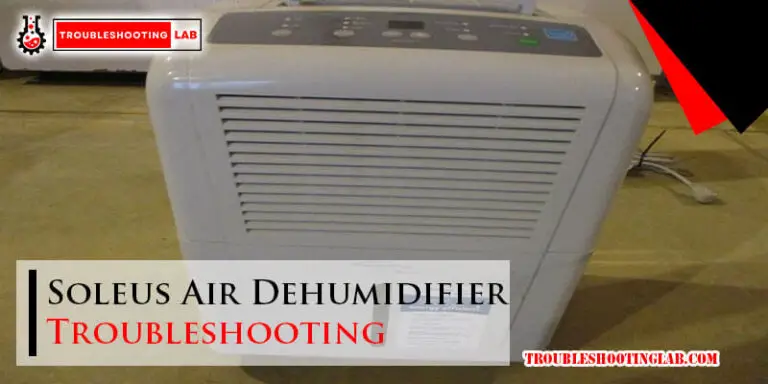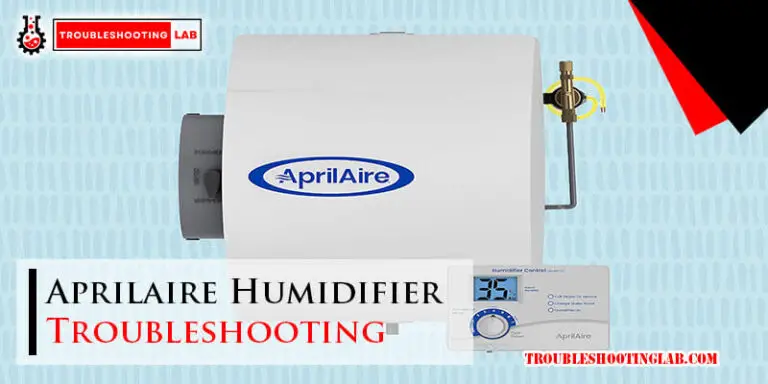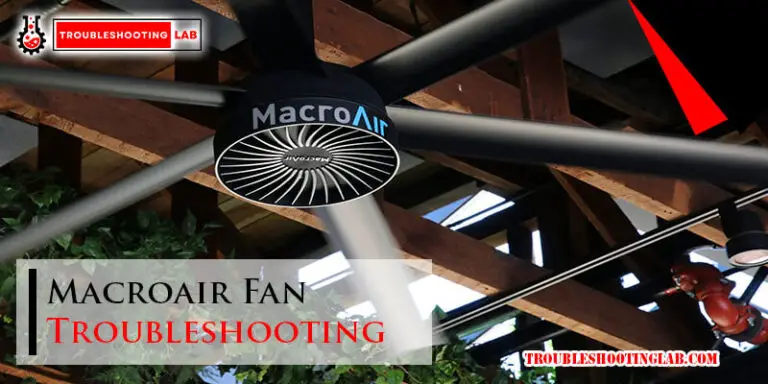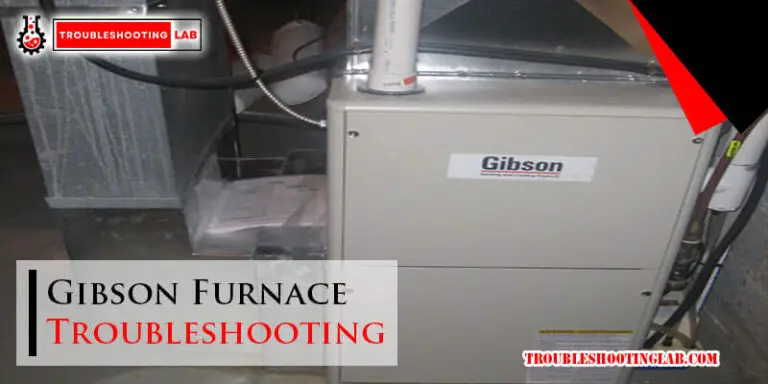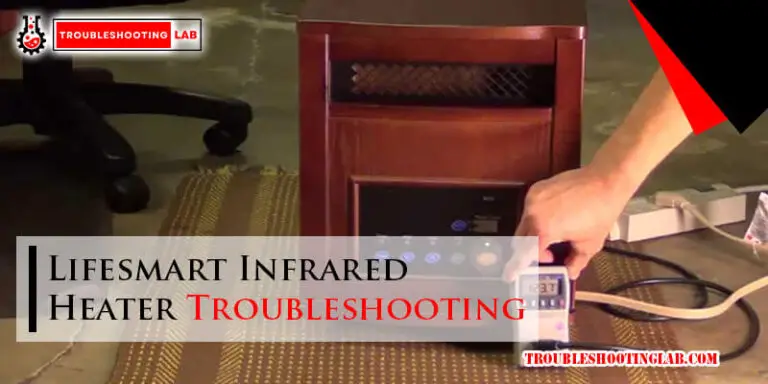Carrier Heat Pump Troubleshooting: Easy Fixes for Common Issues
Carrier heat pumps are a great way to keep your home comfortable. But, they can sometimes have issues.
In this blog post, we will explore how to troubleshoot common problems with Carrier heat pumps. Understanding these issues can save you time and money. You don’t need to be an expert to follow these steps. We will guide you through simple solutions.
This will help you keep your heat pump running smoothly. Let’s dive into the world of Carrier heat pump troubleshooting.

Credit: www.carrier.com
Introduction To Carrier Heat Pumps
Carrier heat pumps are a popular choice for heating and cooling homes. They offer energy efficiency and reliable performance. Understanding how they work can help you troubleshoot common issues.
What Is A Carrier Heat Pump?
A Carrier heat pump is an HVAC system that transfers heat. In the summer, it removes heat from your home. In the winter, it brings heat inside. It’s an all-in-one solution for year-round comfort.
Benefits Of Using A Heat Pump
Carrier heat pumps provide several benefits:
- Energy Efficiency: They use less energy than traditional systems.
- Cost Savings: Lower energy use means lower utility bills.
- Eco-Friendly: They reduce your carbon footprint.
- Consistent Comfort: Enjoy stable temperatures throughout the year.
- Quiet Operation: They run quietly, ensuring a peaceful home.
These benefits make Carrier heat pumps a smart choice for many homeowners.
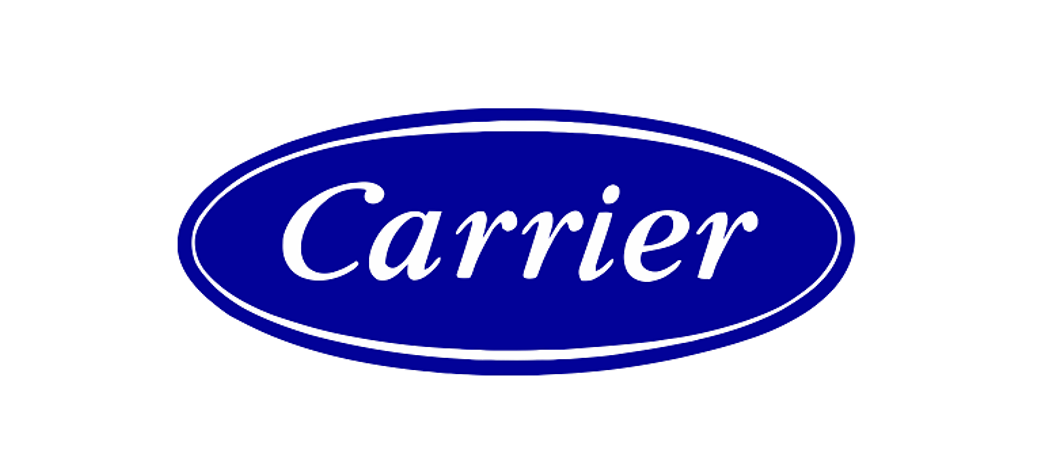
Credit: www.partstown.com
Common Heat Pump Issues
Heat pumps are essential for maintaining comfortable indoor temperatures. Yet, they can sometimes encounter issues. Understanding common problems helps in quick troubleshooting. This section covers frequent issues and their possible solutions.
No Heating Or Cooling
If your heat pump is not heating or cooling, start by checking the thermostat. Ensure it is set to the correct mode and temperature. Sometimes, the issue might be with the power supply. Inspect the circuit breaker and ensure it is not tripped. Also, check if the outdoor unit is running. A non-operational outdoor unit can mean a faulty compressor or fan motor. You might need to call a professional for complex issues.
Unusual Noises
Unusual noises from your heat pump can indicate various problems. A rattling sound may suggest loose parts. Tighten any loose screws or panels. A hissing noise often means refrigerant leaks. Refrigerant issues require professional attention. Grinding or squealing sounds usually point to motor issues. Turn off the unit and call a technician to avoid further damage. Regular maintenance helps prevent these problems.
Troubleshooting Basics
A Carrier heat pump can face several issues. Knowing the basics helps in quick fixes. This guide will cover the essentials. You will learn to check the power supply and inspect thermostat settings.
Checking Power Supply
First, ensure your heat pump has power. This is crucial. Check the breaker box. Look for any tripped breakers. Reset any that are off. If the breaker trips again, there may be a larger problem. Call a professional.
Next, check the outdoor unit. Make sure it is plugged in. Also, inspect the power switch. It should be in the “on” position. A simple oversight can cause problems.
Inspecting Thermostat Settings
The thermostat controls your heat pump. Incorrect settings can cause issues. First, check if it is set to “heat” or “cool”. Ensure it matches the current season.
Next, inspect the temperature setting. The heat pump will not run if the thermostat is set too low or too high. Adjust it to a comfortable level.
Lastly, check the batteries. Weak batteries can cause the thermostat to malfunction. Replace them if needed.
| Steps | Actions |
|---|---|
| Check Breaker Box | Look for tripped breakers. Reset if necessary. |
| Inspect Outdoor Unit | Ensure it is plugged in. Check power switch. |
| Verify Thermostat Mode | Set to “heat” or “cool” as needed. |
| Adjust Temperature Setting | Set to a comfortable level. |
| Replace Batteries | Check and replace if weak. |
Fixing No Heating Or Cooling
Carrier heat pumps are efficient, but they may sometimes fail to heat or cool. This can be frustrating. Fortunately, you can resolve many issues with basic troubleshooting steps. Let’s dive into fixing these common problems.
Cleaning Or Replacing Filters
Dirty filters can block airflow, causing heating and cooling issues. First, locate the filters. They are usually behind the front panel. Remove the panel and check the filters.
If the filters look dirty, clean them with water. Let them dry completely before reinstalling. If the filters are damaged, replace them. Clean or replace filters every one to three months. This ensures efficient operation and prevents future issues.
Checking Refrigerant Levels
Low refrigerant levels can also cause heating and cooling problems. You need to check the refrigerant levels. This is best done by a professional. But you can look for signs of low refrigerant.
If you see ice on the coils, it may indicate low refrigerant. Another sign is a hissing or bubbling sound. Both suggest a refrigerant leak. Contact a technician to inspect and refill the refrigerant. Regular maintenance can help prevent refrigerant issues.
Addressing Unusual Noises
Strange sounds from a Carrier heat pump often signal underlying issues. Inspect fan blades, motor, and loose parts. Regular maintenance can prevent these problems.
Unusual noises from your Carrier heat pump can be worrying. These sounds often indicate underlying issues. Addressing them early can prevent bigger problems.Identifying Source Of Noise
First, identify the noise source. Different sounds suggest different issues. A rattling noise might indicate loose parts. Hissing could mean a refrigerant leak. Clicking sounds may point to electrical problems. Carefully listen to the unit. Note the type and location of the noise. This helps in diagnosing the problem accurately.Tightening Loose Components
Loose components often cause strange noises. Check the screws and bolts. Tighten any that are loose. Look at the fan blades. Ensure they are secure and not wobbling. Also, inspect the panels. Tighten them if they are loose. These simple steps can solve many noise issues. Remember, regular maintenance helps keep your heat pump quiet. So, keep an eye (and ear) on your unit. “`Maintaining Proper Airflow
Proper airflow is crucial for the efficiency of your Carrier heat pump. Without it, your system might not function correctly. It can lead to higher energy bills and less comfort. Follow these steps to maintain adequate airflow.
Clearing Obstructions
Blocked vents or registers can restrict airflow. Check these areas regularly. Remove any objects that might be blocking them. This includes furniture, curtains, and other household items.
Outdoor units also need attention. Clear away leaves, dirt, or debris around the unit. This ensures the fan can move air freely. Keep at least 2 feet of space around the unit.
Ensuring Proper Ventilation
Proper ventilation is key to maintaining good airflow. Make sure your home has enough vents. Check if they are open and unobstructed. This helps in distributing air evenly throughout your home.
If you have a return air duct, keep it clear. This duct pulls air back into the system to be heated or cooled. Blocked return ducts can cause poor system performance.
| Area | Action |
|---|---|
| Vents & Registers | Remove obstructions |
| Outdoor Unit | Clear debris |
| Return Duct | Ensure clear space |
By following these steps, you can help your Carrier heat pump work efficiently. This not only saves energy but also ensures comfort in your home.
When To Call A Professional
Troubleshooting a Carrier heat pump can be daunting. While some issues can be resolved with basic steps, others require professional help. Understanding when to call a professional can save time, money, and frustration. Here’s what you need to know.
Signs Of Major Issues
Recognizing the signs of major issues is crucial. Here are some indicators:
- Unusual Noises: Loud or strange noises may indicate serious problems.
- Constant Running: If the heat pump runs non-stop, this might signal a malfunction.
- Weak Airflow: Poor airflow can mean compressor or motor issues.
- High Energy Bills: Unexpected high bills could point to inefficiency.
Choosing A Qualified Technician
Choosing the right technician ensures that the job is done correctly. Here are some tips:
- Check Certifications: Ensure the technician has proper certifications.
- Experience Matters: Look for technicians with experience in Carrier heat pumps.
- Read Reviews: Customer reviews can provide insight into the technician’s reliability.
- Get Quotes: Compare quotes to find a reasonable price.
Remember, professional help is sometimes necessary. Identifying major issues and choosing a qualified technician can keep your Carrier heat pump running smoothly.
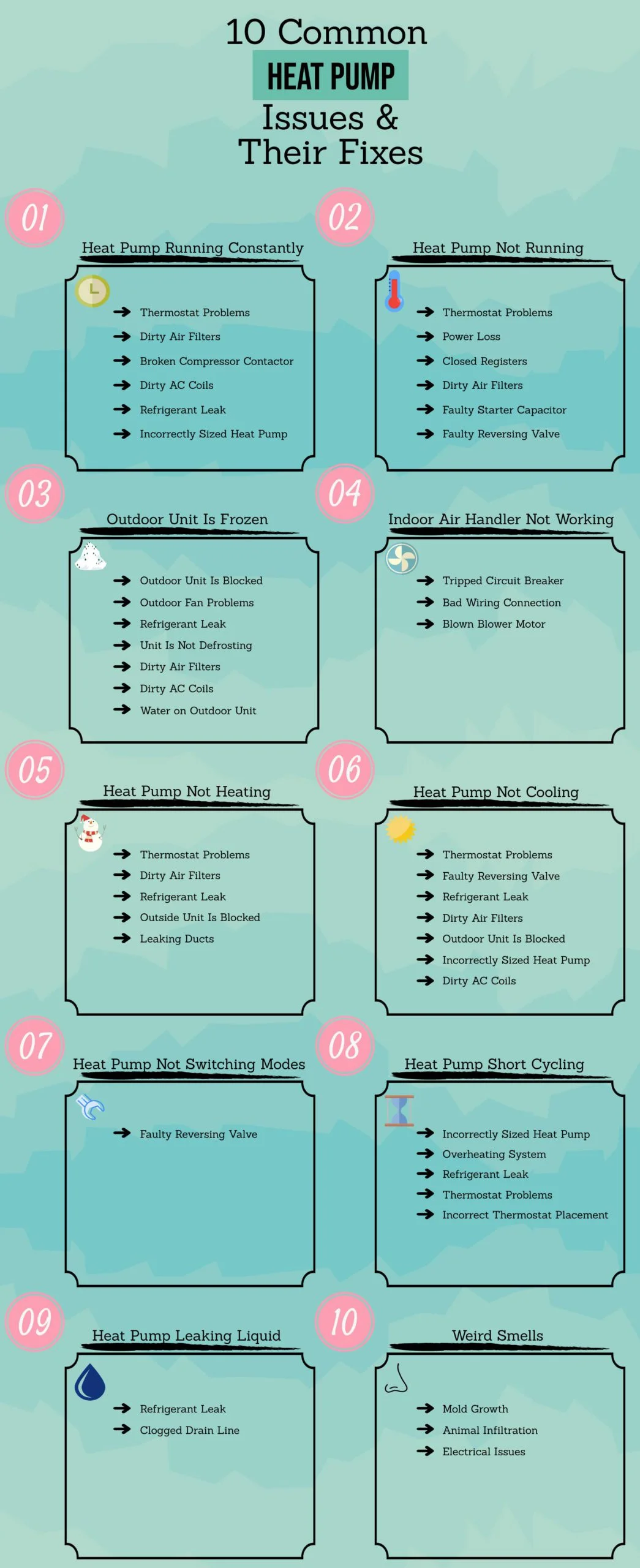
Credit: cielowigle.com
Preventive Maintenance Tips
Keeping your Carrier heat pump in top condition can save you money. Regular maintenance can help prevent unexpected breakdowns. Follow these preventive maintenance tips to keep your system running smoothly.
Regular Inspections
Check your heat pump every month. Look for any unusual noises or leaks. Ensure that the outdoor unit is clear of debris. Clean the filters regularly to maintain airflow. Dirty filters can reduce efficiency and increase energy bills. Replace the filters if they appear worn out. Inspect the ductwork for any signs of damage. Sealed ducts improve the system’s efficiency and reduce energy loss.
Seasonal Tune-ups
Schedule professional tune-ups twice a year. Spring and fall are the best times. During the tune-up, a technician will check all components. They will lubricate moving parts and check refrigerant levels. Proper refrigerant levels ensure optimal cooling and heating. The technician will also inspect electrical connections. Loose connections can cause system failures and safety issues. A professional tune-up can catch minor issues before they become major problems.
Frequently Asked Questions
Why Is My Carrier Heat Pump Not Heating?
Check if the thermostat is set correctly. Low refrigerant levels could also be the cause.
How Do I Reset My Carrier Heat Pump?
Locate the reset button on the unit. Press and hold it for 3 seconds.
What Does A Blinking Light On My Heat Pump Mean?
A blinking light usually indicates an error. Refer to the user manual for specific error codes.
Why Is My Carrier Heat Pump Making Noise?
Strange noises could be due to loose parts, debris in the fan, or a failing motor.
How Often Should I Service My Carrier Heat Pump?
Service your heat pump twice a year. This ensures it runs efficiently and lasts longer.
Conclusion
Troubleshooting your Carrier heat pump can seem daunting. Yet, simple steps often solve common issues. Regular maintenance helps prevent future problems. Always check filters and settings first. If issues persist, call a professional technician. Proper care ensures your heat pump lasts longer.
Remember, a well-maintained system runs efficiently. Keep these tips handy for future reference. Your comfort depends on a reliable heat pump. Stay warm and comfortable with these easy fixes.

